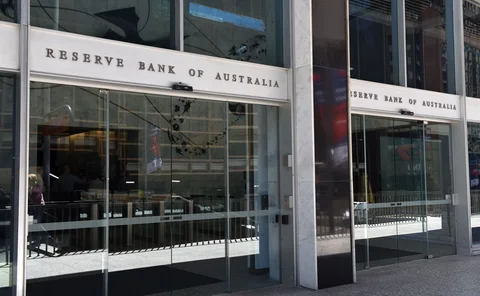Data
Building the future of central banking by investing in people and technology
Technological upgrades focused on data mark the beginning of a digital transformation journey and AI adoption, not the end
NBFIs grew twice as fast as banks in 2024, FSB finds
Annual report highlights strong growth in investment funds but flags lack of data on private credit
Richard Doornbosch on central banking in a tempestuous climate
The president of the Central Bank of Curaçao and Sint Maarten speaks to Christopher Jeffery about addressing legacy financial scandals, transition to a Caribbean guilder, tapping gold holdings and managing a currency peg at a time of US policy uncertainty
Communications Benchmarks 2025 – executive summary
Benchmark data sheds light on topics including social media use, comms strategies and stakeholder engagement
China to continue ‘moderately loose’ monetary policy in 2026
PBoC plans to work with other agencies in effort to boost consumption
Is this the end of dollar dominance?
Steve Kamin tracks evolving investor attitudes to the US in the wake of 'Liberation Day'
Communications Benchmarks 2025 report – getting social
Benchmarks highlight growing use of social media and AI among central bank comms teams
Australia holds, flags possible rate hikes next year
RBA keeps policy steady amid heightened inflation while governor says no cuts for foreseeable future
Central banks’ social media share ticks up
Social-traditional media split for communications roughly the same across different regions
Local languages widely used in central bank communications
African central banks use more English in communications than counterparts in other regions
Benchmarking AI in central banks – a question of creative destruction
Central banks are taking cautious steps towards adopting AI but have not prioritised research into its effects
MNB puts sectoral buffers in place as real estate pressure mounts
Subsidised loans have increased demand for property eightfold, central bank finds
BoJ to tighten policy if economic projections hold, says Ueda
Governor says economy increasingly likely to realise bank’s baseline projections
Comms teams see dis/misinformation on social media as key risk
Criticism from government ranks as smallest risk
Website upgrades are comms teams’ top priorities for next year
Commitments differ somewhat by departmental structure
Larger comms teams involved earlier in policy decisions
Most departments become involved in duty after decisions are taken
Hybrid teams widely employ social media for two-way communications
Most respondents use strategies to address crises and disinformation
Communications teams use AI mainly for drafting
But use cases vary according to team structures
BoT seeks more oversight of gold trade to prevent baht volatility
Vitai says bank is working to boost supervision of institutions and dealers involved in precious metal
LinkedIn, Facebook and YouTube are top comms platforms
Over a third of communication teams adopted new platforms in the past year
Central banks universally communicate internally via email
Additional tools used vary somewhat by system efficiency and structure














